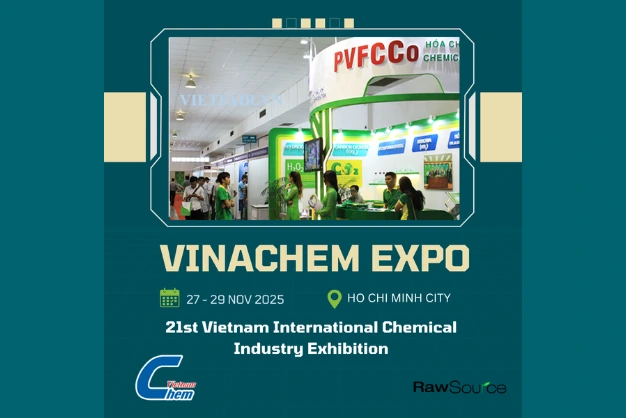TABLE OF CONTENTS
TABLE OF CONTENTS
Applications and Practical Uses of Fumed Silica
Fumed silica, a versatile and highly functional material, plays a crucial role in a wide range of industries due to its unique properties. This ultrafine, amorphous form of silica is known for its ability to significantly enhance the performance and quality of products. Here, we delve into the applications and practical uses of fumed silica, shedding light on why it is a sought-after material in various fields.
What is Fumed Silica Used For?
Fumed silica serves as a key ingredient in numerous applications across different industries. Its primary use stems from its ability to act as a thickening agent, anti-caking agent, and to control viscosity. This makes it invaluable in:
Fumed Silica Uses
The applications of fumed silica extend beyond the few mentioned, illustrating its versatility:
Through its multifaceted applications, from everyday products like cosmetics and food items to specialized uses in aerospace and electronics, fumed silica underscores its integral role in enhancing product functionality and performance. Its ability to solve complex industrial challenges, improve product stability, and contribute to the durability and efficiency of applications showcases the indispensable nature of this fine, powdery substance.
FAQs for Fumed Silica Article
Lorem ipsum dolor sit amet, consectetur adipiscing elit. Ut elit tellus, luctus nec ullamcorper mattis, pulvinar dapibus leo.
Fumed silica is a fine, powdery substance created by vaporizing silicon tetrachloride in a flame of hydrogen and oxygen. It’s known for its high surface area and unique properties such as thickening, anti-caking, and improving the flow of liquids and powders.
Fumed silica is made through a process called flame hydrolysis, where silicon tetrachloride is burned in a hydrogen and oxygen flame, producing silicon dioxide (silica) in an ultrafine, amorphous form. This method results in fumed silica with very small particle sizes and a large surface area.
Fumed silica is considered safe for use in various industries when handled properly. However, inhaling airborne particles can be harmful to the respiratory system, so it’s important to use appropriate personal protective equipment (PPE) like masks and ensure adequate ventilation when handling it in powder form.
Fumed silica is widely used as a thickening agent, anti-caking agent, and to control the viscosity of liquids. It’s found in products ranging from cosmetics and pharmaceuticals to paints, coatings, and food. Its ability to enhance the properties of materials makes it valuable in numerous industrial applications.
Contact Us
Questions or looking for a quote?





